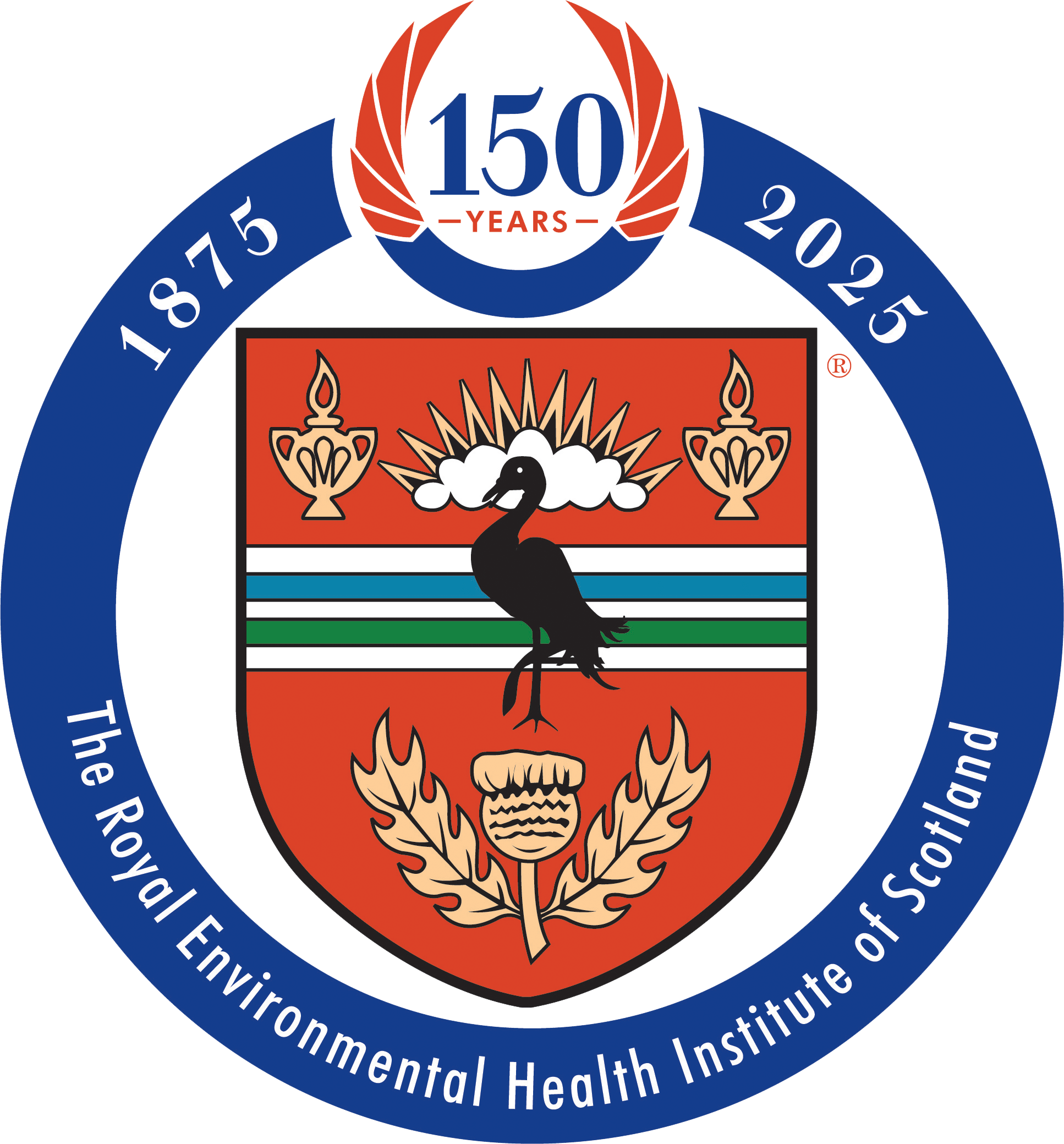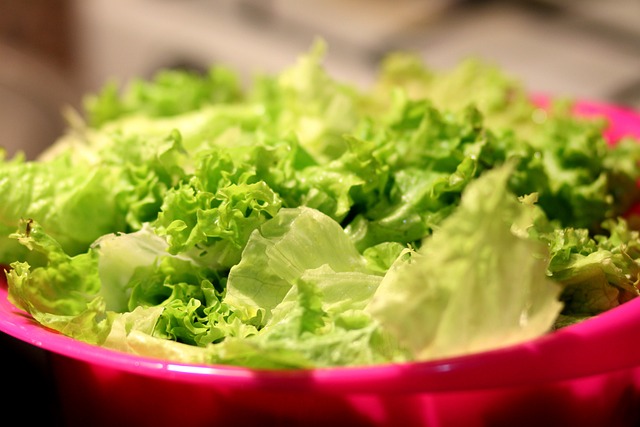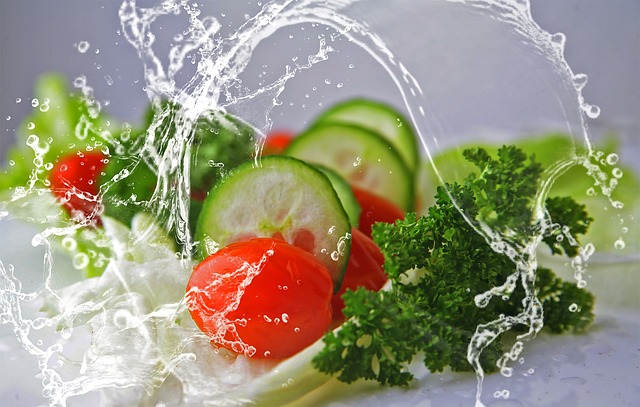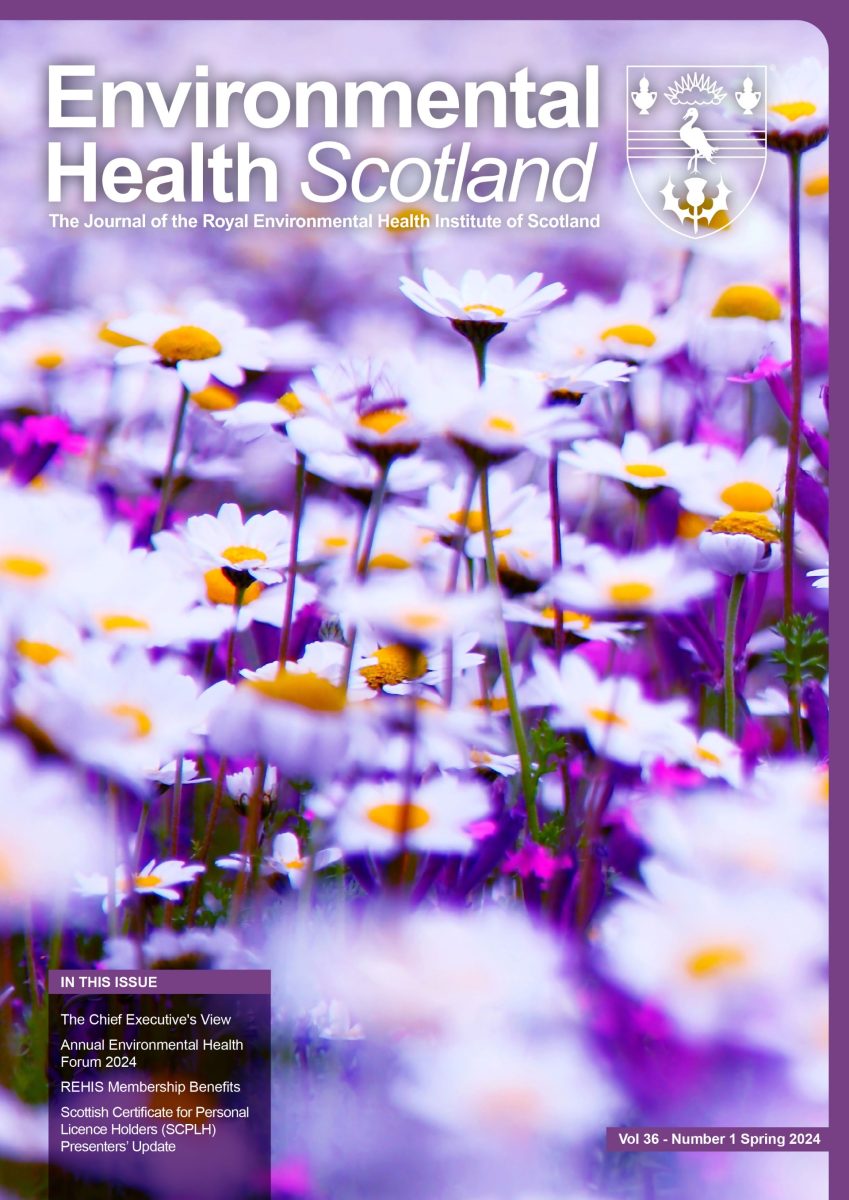Healthier Housing Partnership are organising an international conference and have inviting people to register interest for the event and calling for people to submit papers.
More details can be found in the attached document below and here.
Why this conference?
Extreme events – including heatwaves, flooding, droughts, wild-fires, tsunamis, tornadoes and earthquakes – are occurring more frequently and with greater intensity. These events damage and destroy homes and communities causing physical, mental and financial suffering.
What will the conference cover?
This conference will look at the support victims and communities need post-event; how housing can be replaced; how existing housing can be adapted and new housing designed and constructed to build resilience into housing and neighbourhoods and protect mental, physical and social health.
What approach will we take?
Our approach focuses on housing as a prime protector of health, supporting feelings of safety and well-being and creating a sense of home. We want to exchange reactions to dealing with the aftermath of extreme events; extend the knowledge base linking people’s health and wellbeing. We want to provide a forum for sharing international experience, approaches and case studies which include preventive/protective solutions to avoid problems in the future. We want the conference to enable an international network of professionals, academics, organisations and bodies to develop.
Who should attend?
Individuals and bodies directly and indirectly involved in housing and health, and in predicting and responding to all forms of extreme events, including housing professionals; medical doctors; public health professionals; sociologists; meteorologists and first responders.
How will the conference be organised?
This will be a recorded on-line event leading to the production of a conference report. It will consist of a half day session setting out the conference ambitions; a full day of good practice presentations and thematic workshops and a final half day summarising what have we have learnt and still need to learn.
Conference organisers
The conference is being organised by the Healthier Housing Partnership, an independent partnership of academics, housing, environmental health and regeneration practitioners and housing and health researchers formed in 2015. Our aims are to promote healthier housing and raise the standard of existing and new housing to achieve wider social benefits. Further information is available here: https://www.healthierhousing.co.uk/
Invitation to submit abstracts
Submissions are invited for oral presentation at the conference. Papers will be selected on the basis of abstracts comprising a maximum of 500 words submitted by 1 October 2024.
The focus of the conference is the housing and health aspects of extreme events and papers must reflect this, addressing one or more of the following themes:
Theme 1:
First Response
Physical and mental health and support; food and water; sanitation and disease
Theme 2:
Temporary Post Event Management
Provision of shelter, health care and support, sustaining culture and religion
Theme 3:
Short and Medium Term Stabilising
Intermediate accommodation and infrastructure; personal and social support; and public and environmental support
Theme 4:
Planning and Designing for the Future
Learning from the event and planning for construction of resilient and adapted housing, neighbourhoods and communities
Theme 5:
Building for the Future
Preparation for construction of adapted housing, neighbourhoods and communities; for health, medical , education, other support services; and for occupations, trades and businesses
The abstracts should include:
- The lead author’s name, institutional and departmental affiliations and contact details
- All co-authors’ names, institutional and departmental affiliations and contact details
- A summary defining the topic area, referring to specific issues that the intended paper will address, the evidence being marshalled, the scope of discussion and conclusions
Abstracts will be reviewed to ensure a varied, authoritative and integrated selection of papers around the topic. Author(s) of accepted abstracts will be invited to submit a full paper (approximately 3,000 words), which will be reviewed and, if accepted, the author(s) will be invited to present the paper within the conference.
Submission process
- Abstract submission
Deadline: 1 October 2024 - Notification of abstract review
Deadline:1 November 2024 - Paper submission
Deadline: 1 February 2025
All accepted papers will be published in the conference proceedings and indexed in the conference website digital library
Author(s) of accepted papers will be required to register for the conference.
You can register your interest in the conference and here.







